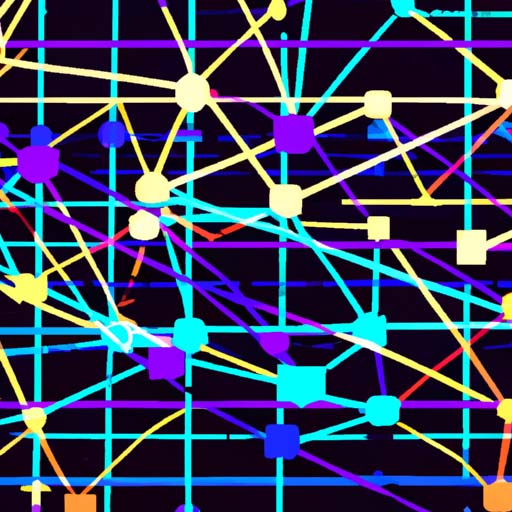Facial recognition technology misidentifying someone and leading to wrongful arrests and attacks is a growing concern, as highlighted by the case of Harvey Eugene Murphy Jr, a Houston man who was falsely identified and attacked after being thrown in jail. Murphy’s attorney emphasized that facial recognition software can be faulty and has led to numerous wrongful convictions across the country. The use of facial recognition software is widespread, with applications in security cameras, airports, social media, and some department stores like Macy’s and Sunglass Hut. Murphy is currently suing these two stores after they used facial recognition technology that wrongfully identified him as a robber. Despite providing evidence that he was in California at the time of the robbery, Murphy was arrested when he returned to Texas to renew his driver’s license. In jail, he was subjected to a brutal sexual assault. The accuracy of facial recognition technology has been questioned, as it is prone to errors and misidentifications. Factors such as lighting conditions and image quality can affect accuracy, with studies showing that minority groups are more likely to be misidentified. Facial recognition technology creates a unique map of a person’s face using wireframe face vectors, which are then compared to images from various sources like social media and mugshots. To protect oneself from false accusations and wrongful arrests based on facial recognition, it is suggested to share one’s location with a trusted family member as evidence. It is important to address the flaws and limitations of facial recognition technology and ensure its responsible use to prevent further wrongful convictions and attacks.
